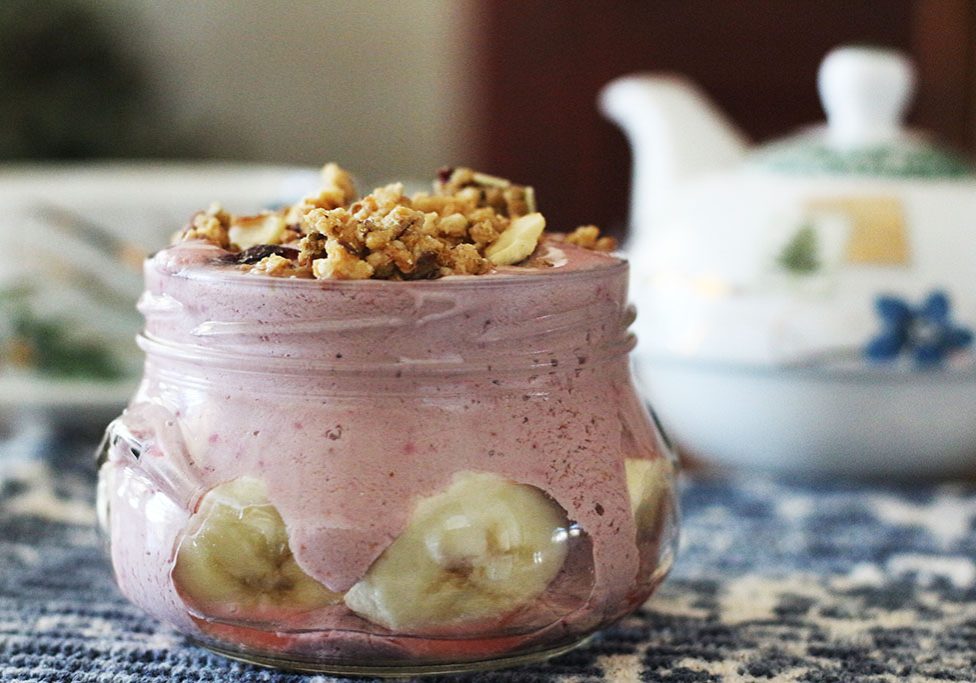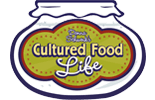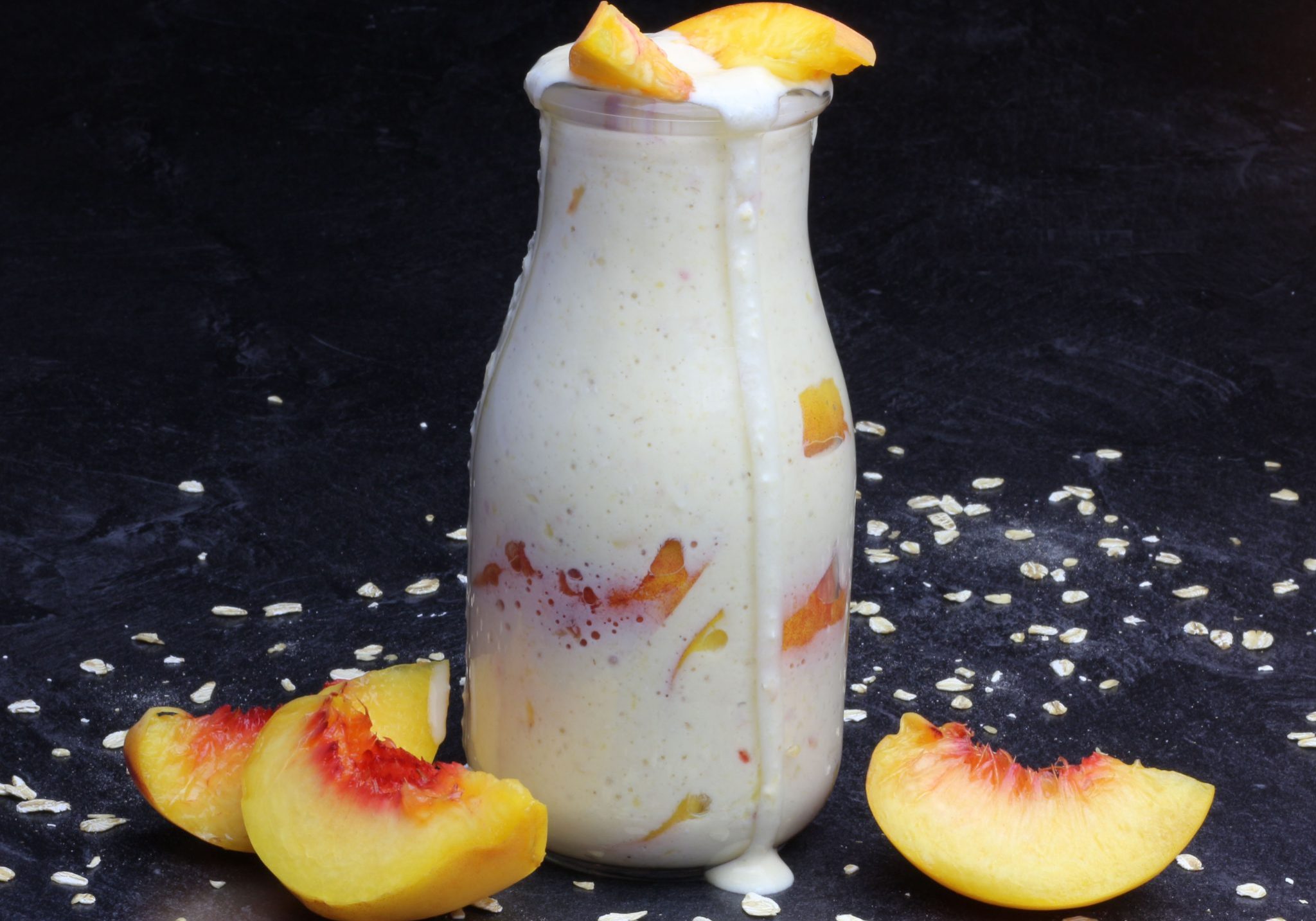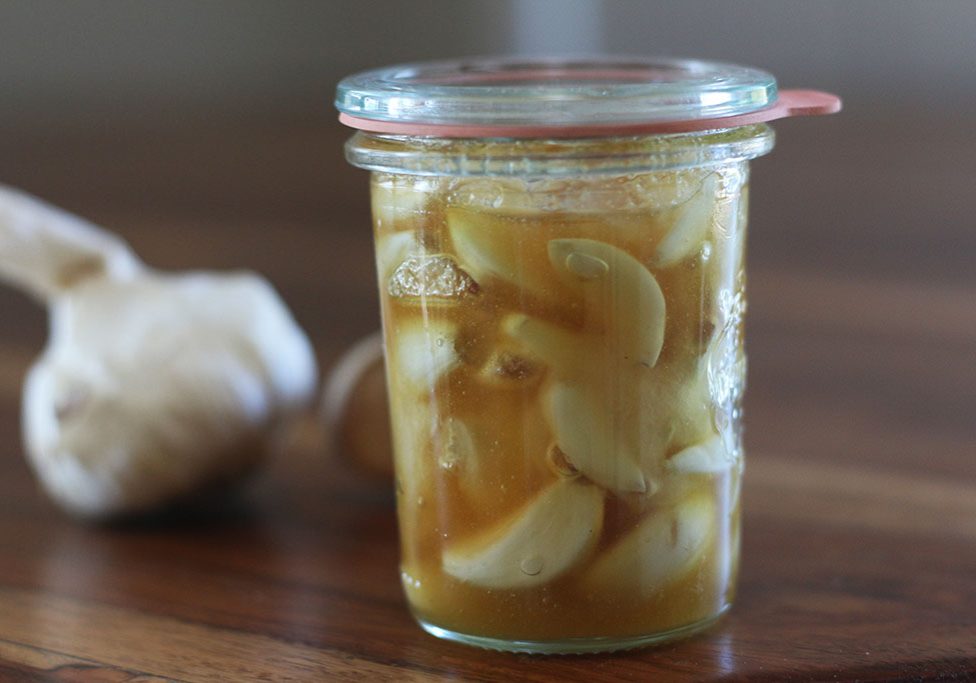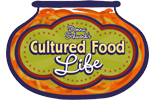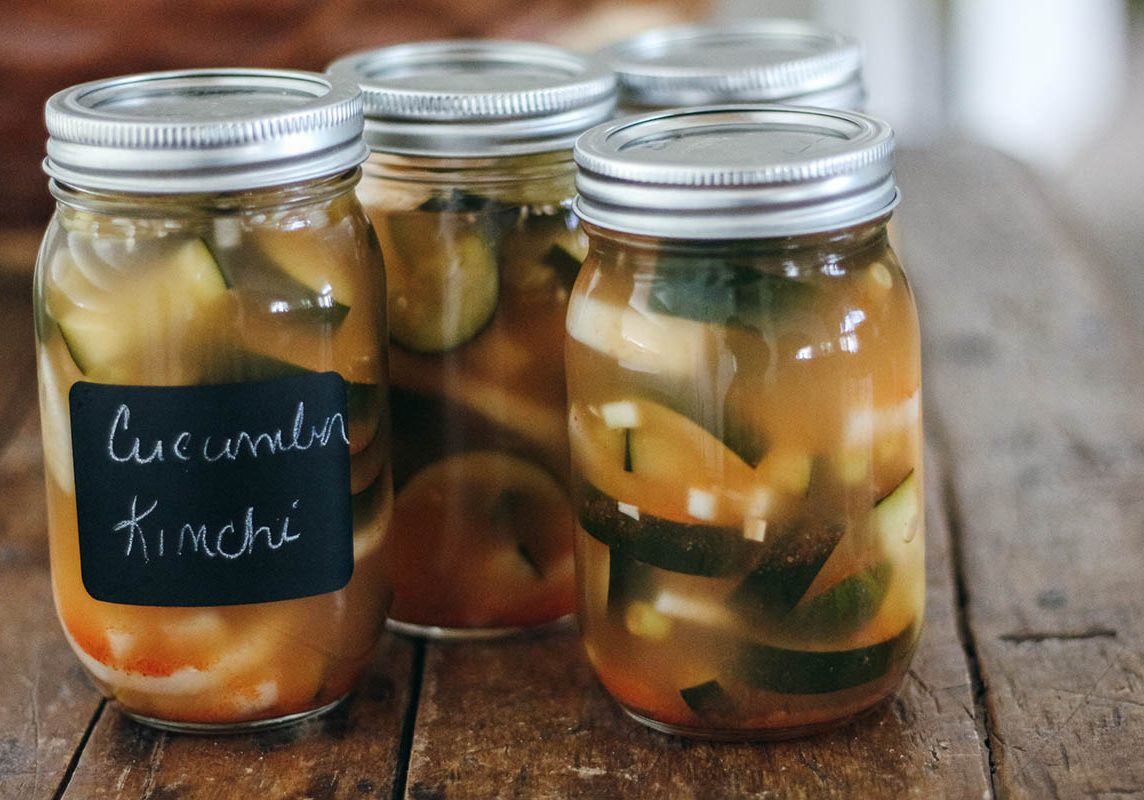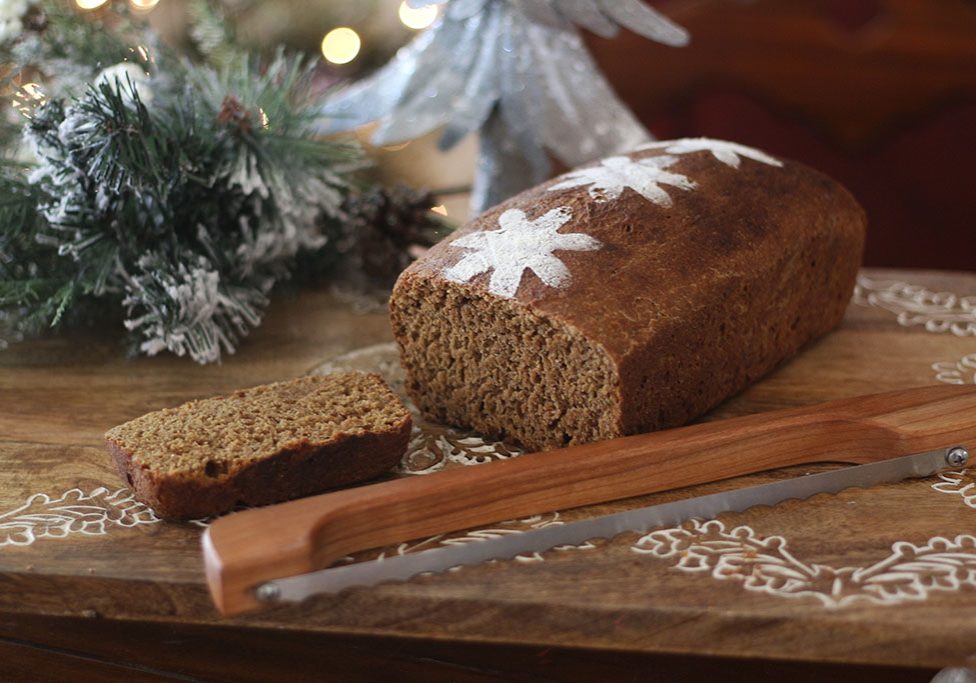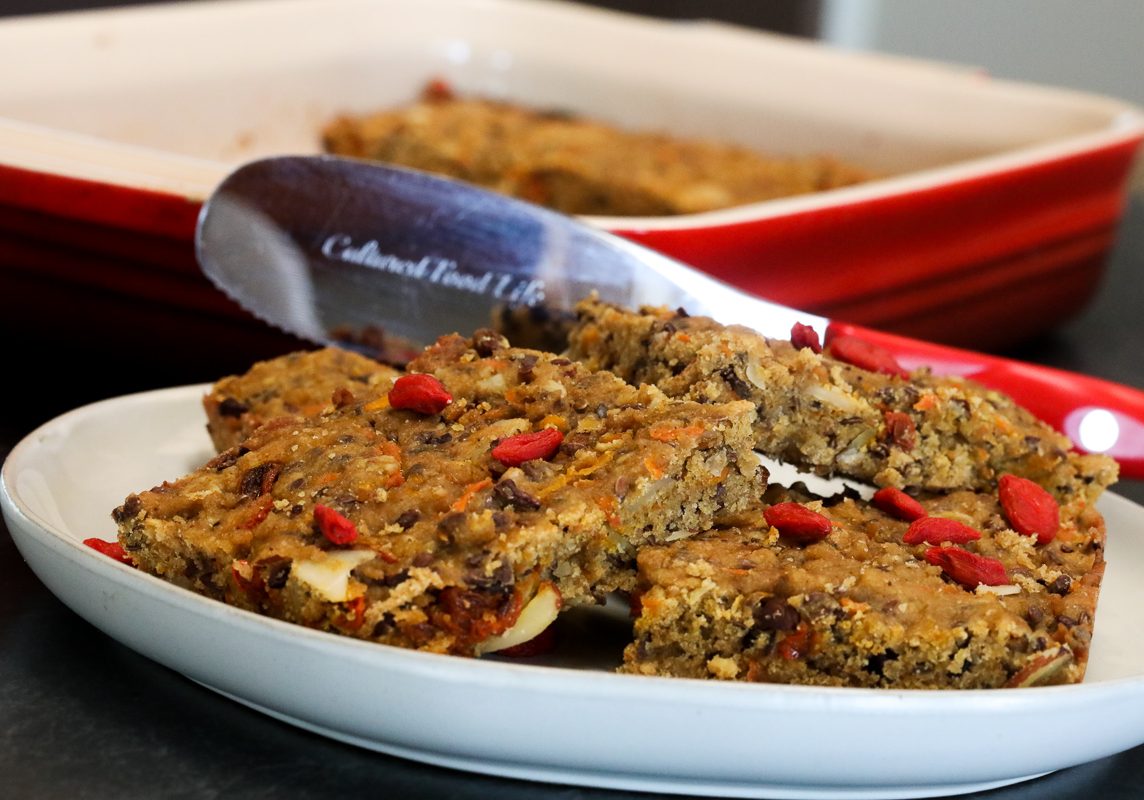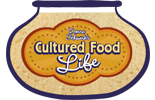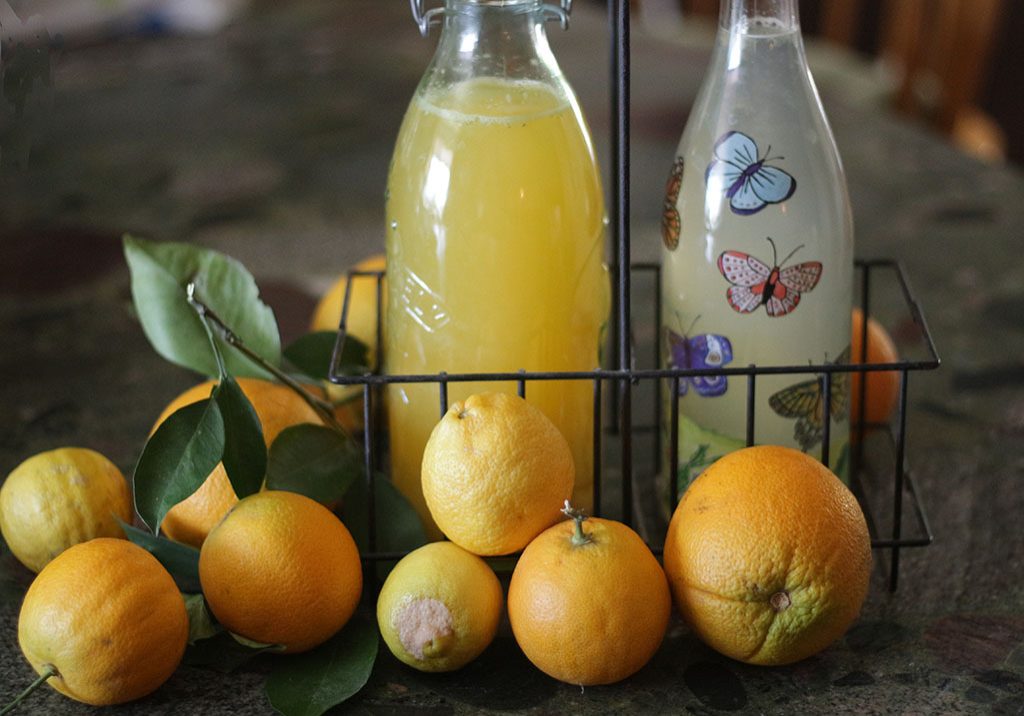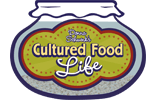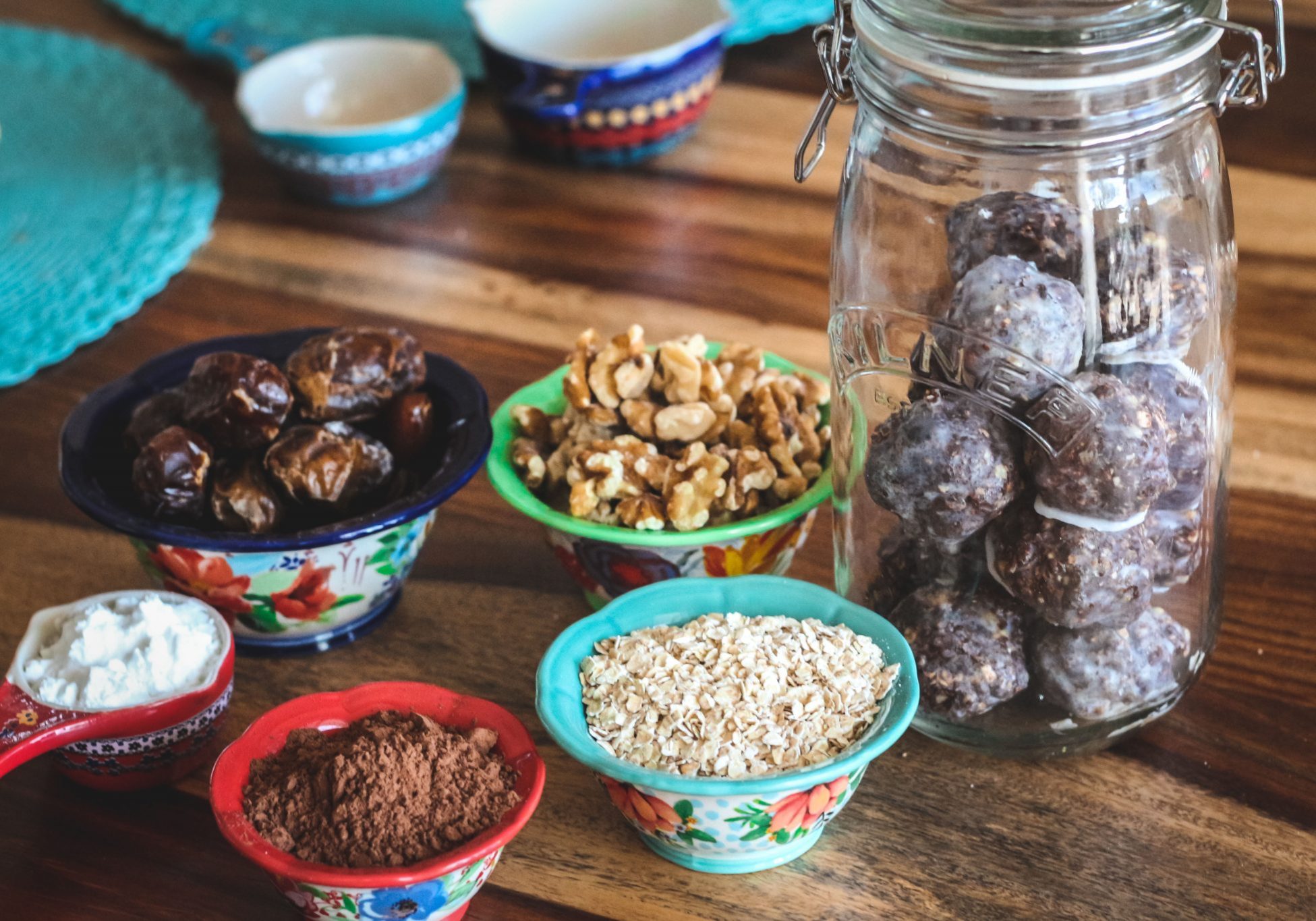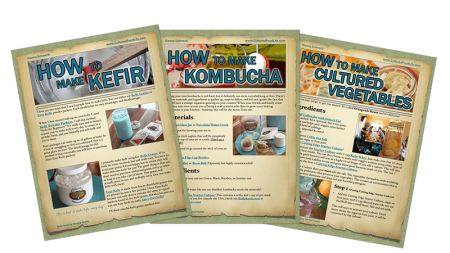
Which Are The Best Sweeteners?
Eight Different Sweeteners
The Journey
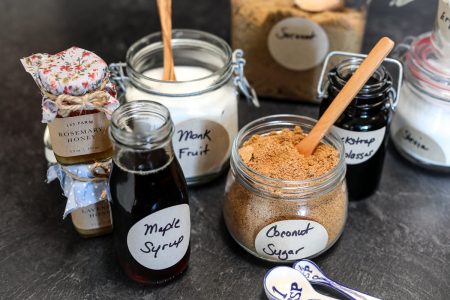
The gut flora is a dynamic system, and maintaining a healthy balance is so important. Studies have shown that sucralose brings changes to the gut flora and can affect many things such as immune system development, energy metabolism, and absorption. It can also impact diseases that go beyond the GI tract. One common argument used to support the safety of sucralose is that the majority of sucralose is not absorbed or metabolized in the body. However, the studies done on mice have shown that sucralose can affect the gut microbiome and its metabolic functions, and it can affect the host even though it passes through the GI tract unchanged. When Sucralose was consumed for six months or longer, it seemed to alter the gut flora and cause pro-inflammatory expression in the liver.[1] [2] Whatever the case, I was not going to have anything change the gut flora I had worked so hard to build. I love those trillions of microbes that call me home and we have a symbiotic relationship that is at the core of my everyday life. My husband called me "Hurricane Donna" the day that he came home and found every product in my house that contained Splenda was now in the trash. Nobody and no-thing messes with my gut flora.
Here is a list of sweeteners I use now for baking and everyday recipes. It's taken me two decades to figure all this out; but as I have, my gut flora has gotten stronger and so have I. I feel better than ever and it has been a journey of discovery for me. We are all different and what affects one person doesn't always affect another the same way. It's your journey too and I encourage you to listen to your body and especially your gut.
When making kombucha with different sugars there are stricter guidelines that you need to take.
Check out this link for more info:
My Favorite Sweeteners
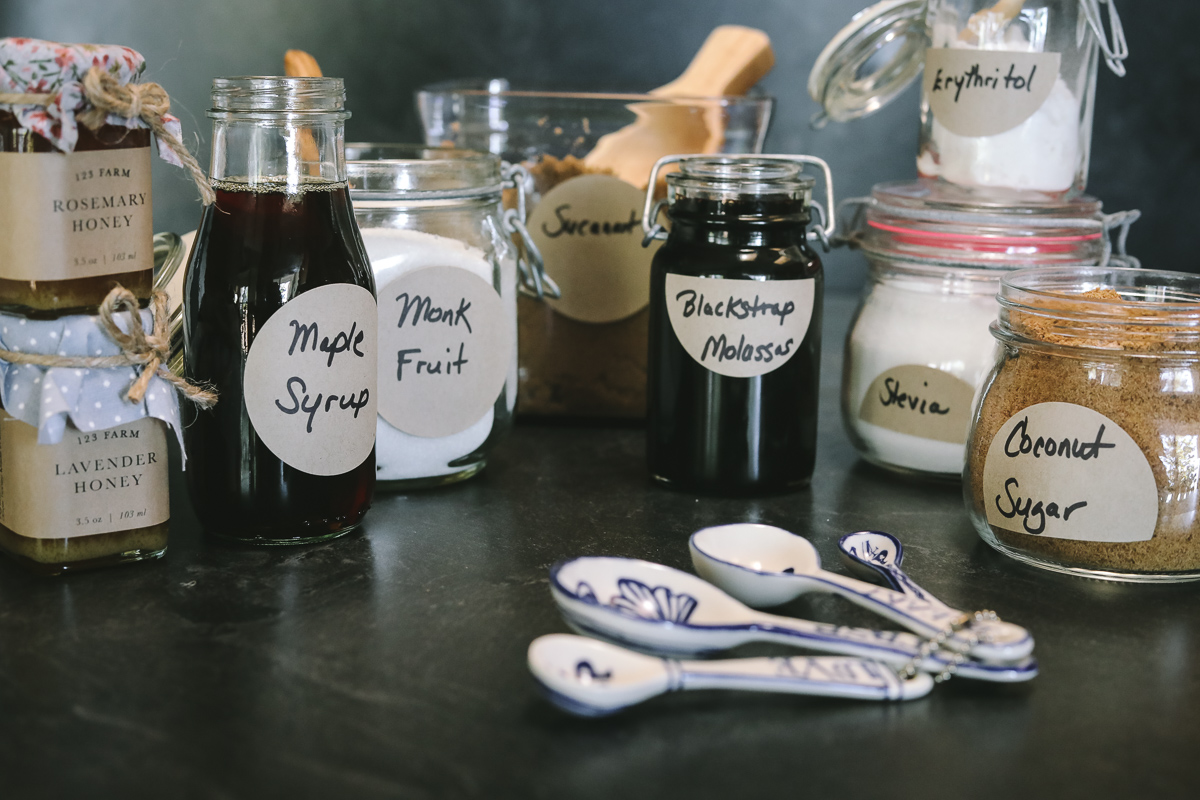

Allulose is one of my favorite naturally occurring low-calorie sugar with the same sweet taste as normal sugar but only 1/10 the calories! Although around 70% of the allulose you consume is absorbed into your blood through your digestive tract, it leaves your body via your urine, without being used as fuel.
Several studies have found that it may lower blood sugar, increase insulin sensitivity, and decrease the risk of type 2 diabetes by protecting the insulin-producing beta cells of the pancreas. Allulose may protect against fatty liver and also may protect against muscle loss.
- It browns well under heat and is perfect for baking
- It has a low freezing point so it is great for making sugar-free ice cream
- It dissolves easily, so it's great in your coffee and other drinks
- It’s easy on the digestive tract.
- The texture and taste are the closest thing to real sugar we have found so far
It's probably the sweetener I use the most.





🐝 Check out your local farmers market to find Local Honey 🐝



Recipes with My Favorite Sweeteners
Listen To My Podcast
It's been quite a journey for me trying to find the right sweeteners for my family and me. It was always really important to me to find ones that wouldn't spike my blood sugar but also wouldn't harm my gut flora. Check out my favorite sweeteners, you might be surprised by what you learn!
References I talked about:
References:
- https://www.ncbi.nlm.nih.gov/pmc/articles/PMC5522834/
- https://www.ncbi.nlm.nih.gov/pubmed/18800291
- Boesten, Danielle, et al. Health Effects of Erythritol. Research Gate. March 2015.
- Artificial Sweeteners and Other Sugar Substitutes. Mayo Clinic. Sept 25, 2018.
Are you on the list?
Sign up today and I'll send you my free Getting Started Guide!
Each week I'll send you updates, tips, recipes, and more! You might even be a winner of my weekly giveaway! (starter cultures, memberships, and more!)
Come be a part of my cultured food family!

